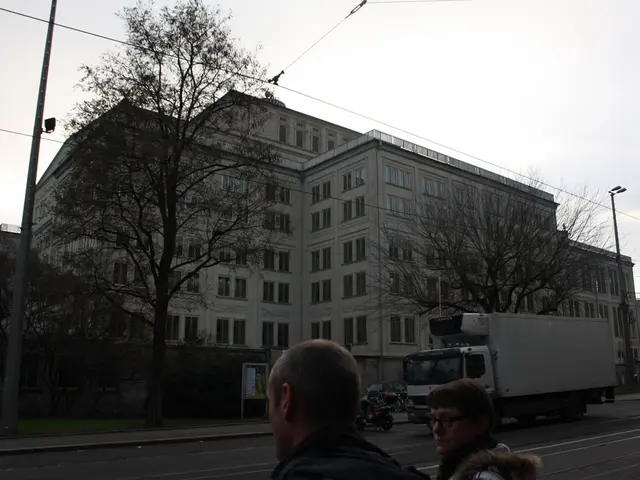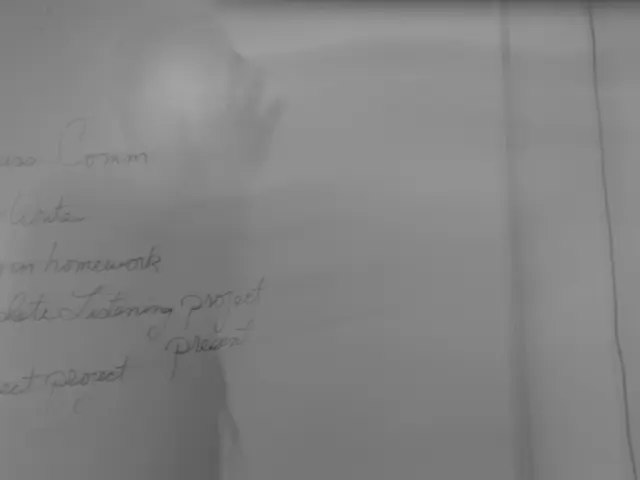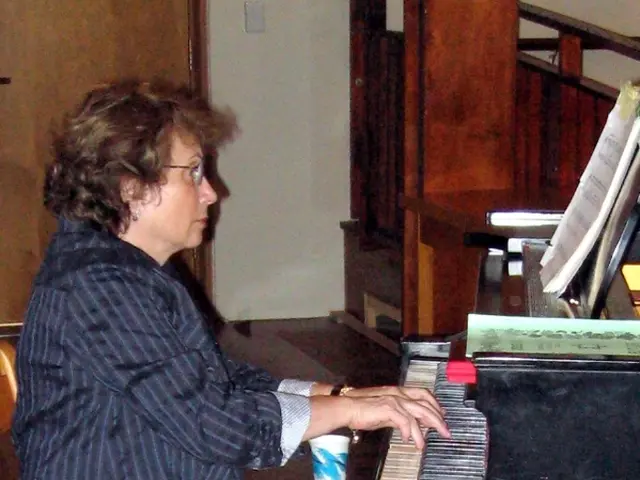Dymnikova Black Holes: Longer Ringdown Signals Could Distinguish Them
Recent research has revealed that subtle changes in black hole geometry leave distinct marks on the characteristic 'ringdown' vibrations of black holes, altering both the frequency and duration of the ringdown. Scientists have been investigating how these deviations from standard black hole models might be detected through gravitational waves, with a focus on Dymnikova black holes, which replace the central singularity with a de Sitter core.
A team of researchers, including Bekir Can Lütfüoğlu, Erdinç Ulaş Saka, and Abubakir Shermatov, has been studying the gravitational quasinormal modes of Dymnikova black holes. They found that the duration of the ringdown signal from a Dymnikova black hole is longer than that from a standard black hole, potentially allowing for distinction between the two. The team used the WKB method with Padé approximants and time-domain integration to investigate axial gravitational perturbations within the Dymnikova black hole. Additionally, introducing a quantum parameter 'lcr' systematically alters the quasinormal spectrum of the Dymnikova black hole compared to the Schwarzschild case, with the real oscillation frequency decreasing and the damping rate becoming smaller as 'lcr' increases, indicating longer-lived modes.
The study of gravitational quasinormal modes, particularly in the context of Dymnikova black holes, remains an active area of research in theoretical physics and astrophysics. Future high-precision gravitational wave detectors may be able to observe these subtle imprints in gravitational-wave signals, offering a potential pathway to test quantum gravity theories and distinguish between standard black holes and modified models like Dymnikova black holes.
Read also:
- Inherent Skills Know No Bounds, Yet Access to Employment Remains Unequal: Suggestions for a More Equitable Job Market of the Future
- Exploring Physical Recovery after the Overturning of Roe v. Wade Decision
- Top CDC Official Debra Houry Issues Warnings Regarding RFK Jr.'s Proposed Alterations
- "Understanding Fodder: Explore 6 Variations to Test"








